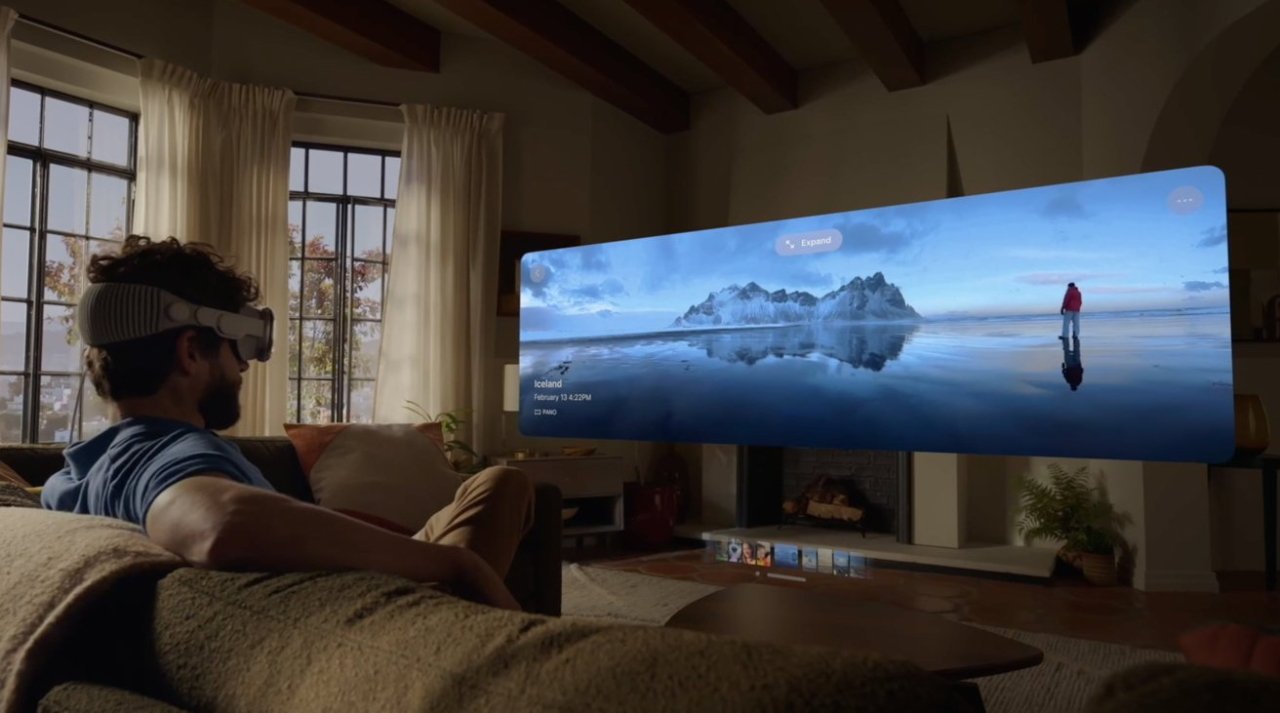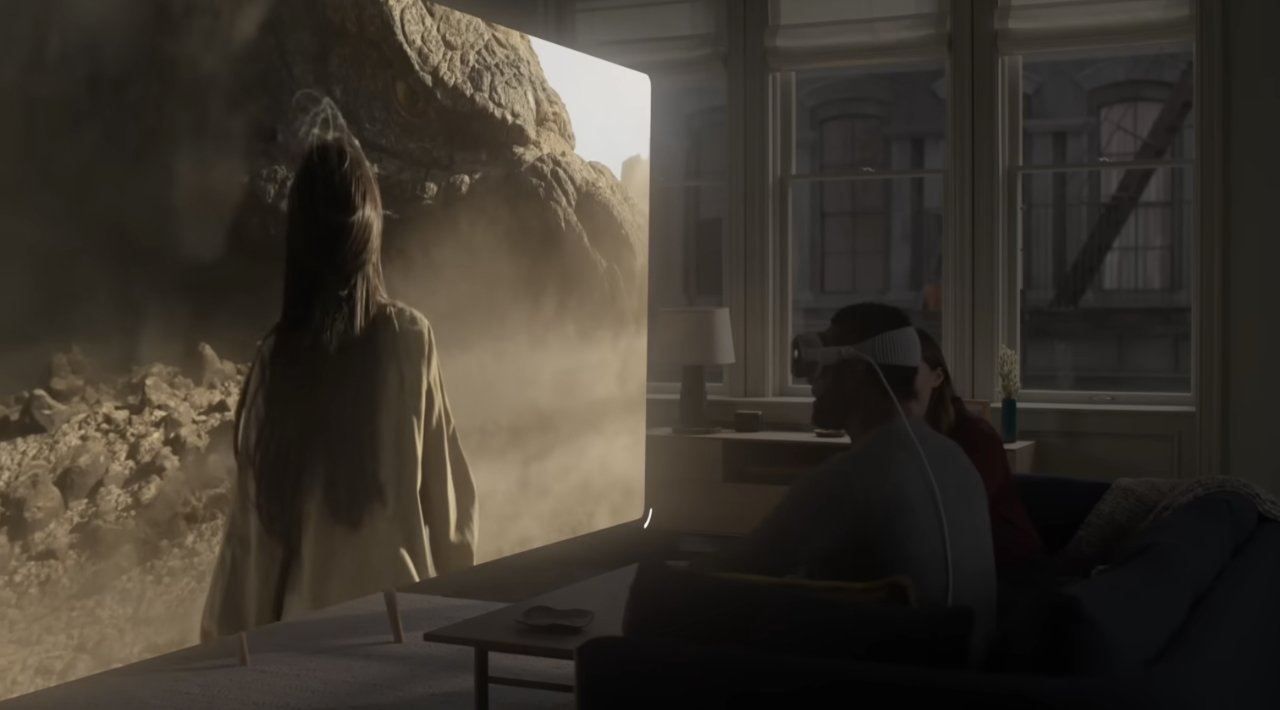A cinephile has discovered that Apple Vision Pro will show Panavision 70 movies in their correct and very wide screen aspect ratio.
Apple has emphasized how immersive Apple Vision Pro is for entertainment, but the firm’s typical attention to detail means it’s reportedly gone further than other with movies. When watched through the headset, even films shot in the 70mm Panavision format will be shown as they were meant to be seen in the theater.
“I have The Hateful Eight in my apple library, bought it some time ago because it has great extras,” writes a movie buff on Reddit. “As you may know, Tarantino shot it on actual film using 70mm Panavision. I saw it in when it first came out in a theater and it was presented as it was meant to — in Panavision… [but] you can’t see it like that anywhere unless you’re in a theater that’s properly outfitted.”
“Until now,” continues Reddit user NeoYossarian. “I went to view it using VisionPro, put it in Cinema mode, and IT WAS IN THE ORIGINAL ASPECT RATIO!!”
“I was watching a full screen 70mm film in my living room, exactly as it was meant to be seen,” says the user. “Apple deserves HUGE congratulations for this… I almost wept.”
How the aspect ratio is vital
Movies went widescreen decades ago, specifically to counter the then-rising threat of small screen television. One of the absolute widest of widescreen technologies, was Panavision — often called Ultra Panavision 70 — which needed special lenses.
These anamorphic lenses were fitted to the cameras shooting the movie, and these then compressed the image being filmed. Movie theaters then had anamorphic lenses on their projectors, to take the compressed images and show them as they were intended.
If it were originally an attempt to show movie theaters were more immersive than small TV screens, it later became a stylistic choice for directors such as Quentin Tarantino. He shot The Hateful Eight in the format, and also produced a special theater release of it in this form, before the official debut in 2015.
The next year, director Gareth Edwards and cinematographer Greig Fraser shot the Star Wars movie, Rogue One in a digital version of Ultra Panavision 70. But long before then, back in the late 1950s and early 1960s, Ben Hur was shot this way, as was Mutiny on the Bounty, and It’s a Mad, Mad, Mad, Mad World.
A film’s aspect ratio can’t be changed in Apple Vision Pro, but the screen can be dragged to make it bigger and more cinema-like
Stylistic choice of format
This format allowed filmmakers to shoot and then later to screen movie images that were in the ratio of 2.76:1. That compares to the more common 16:9.
Now that TV sets are typically 16:9, films that are wider than that are shown with black borders at top and bottom. The technique is called letterboxing and does resemble looking through a door’s letterbox at the film.
Not in Apple Vision Pro, though. Since there is no screen to display the film on per se, since it can take up the width it needs, Apple supports the Panavision 70 ratio.
In retrospect, it’s obvious that the Apple Vision Pro should have the capability to show such a widescreen movie since there are no constraints to the size of the image it displays. But since Panavison version of the film has to be sourced, it’s an example of Apple recognizing a difference and sweating the details to get film fans the right ratio.



